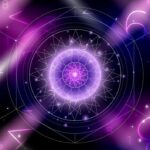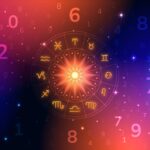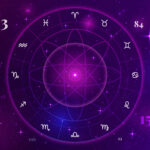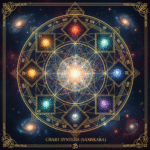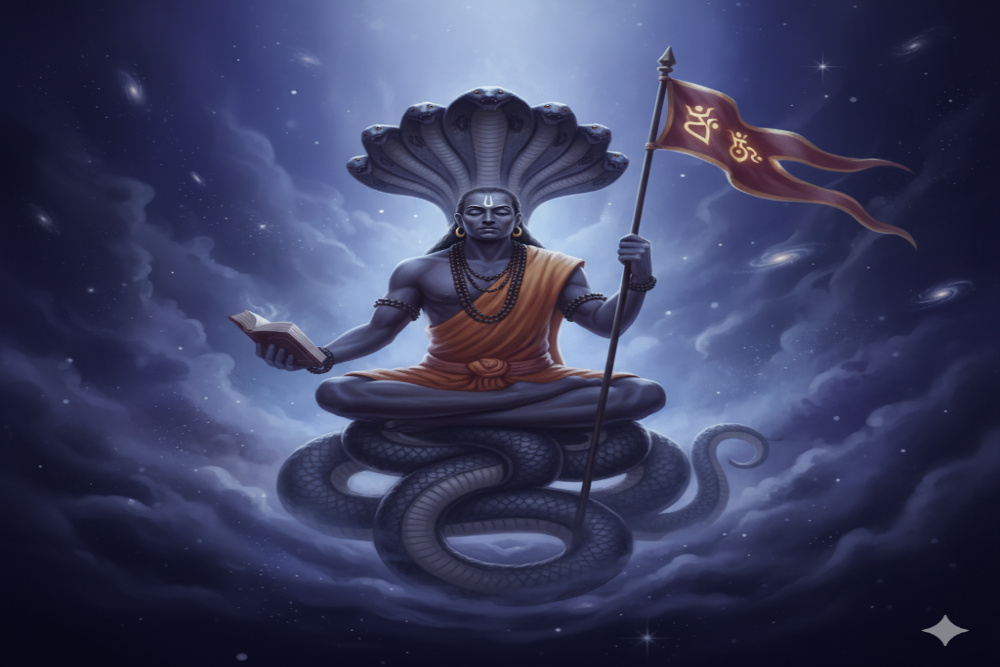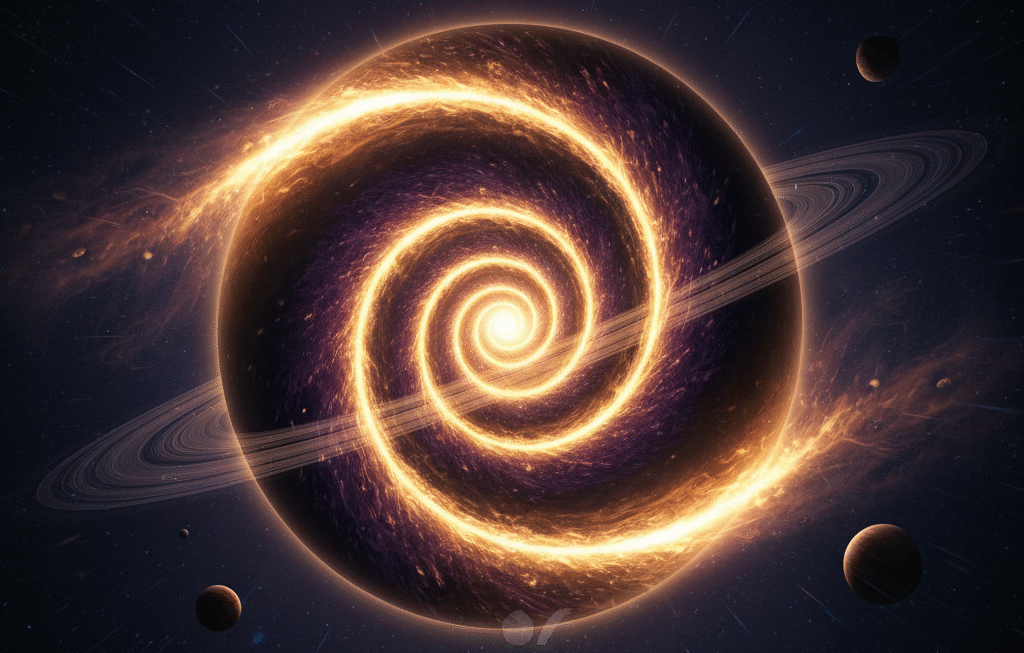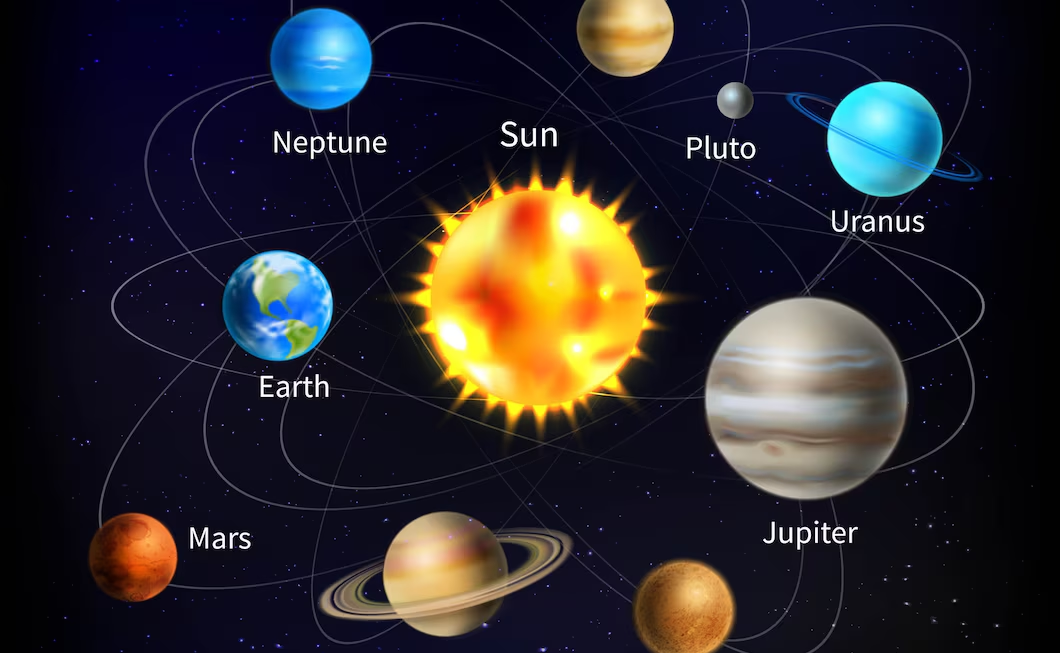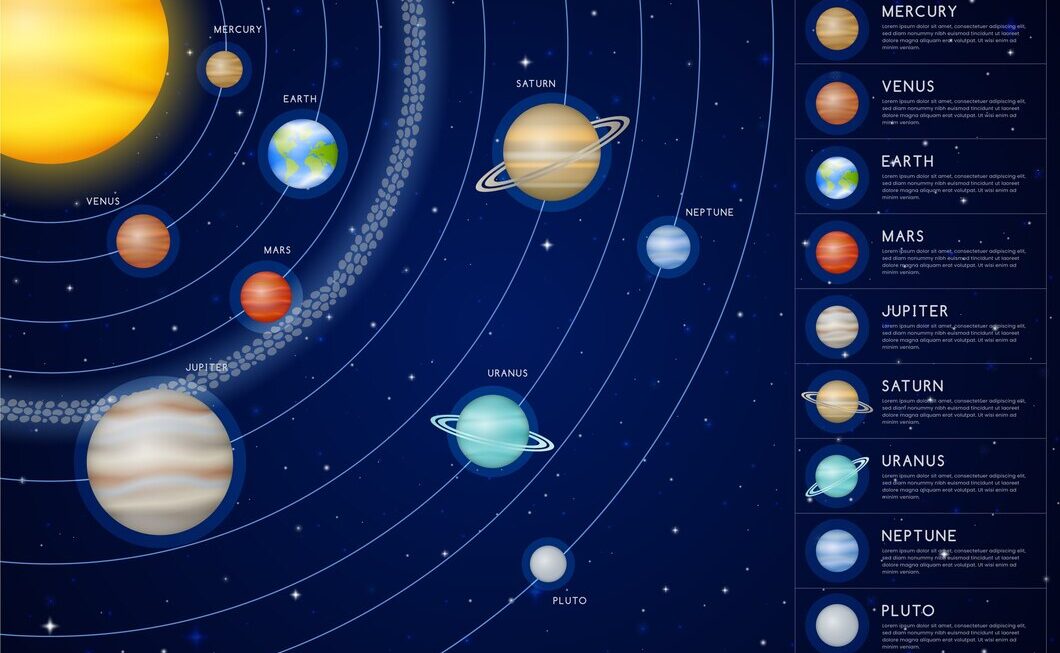There is a phantom in your chart. But unlike his counterpart, the ever-hungry Dragon’s Head (Rahu), this one is a body with no head. He is a headless monk, a silent, invisible force that has no desires, no senses to grasp the world, and no eyes to look outward. His name is Ketu, the Dragon’s Tail. In the profound science of ketu vedic astrology, he is the most mysterious and spiritual of all the Grahas.
Ketu is not a planet. He is a chhaya graha (a shadow planet), the southern point where the Moon’s orbit crosses the Sun’s path. But this mathematical point is a conscious, divine force. He is the Moksha Karaka—the primary significator of spiritual liberation. He is the part of you that is done with the material world. He is the quiet, inward gaze, the final release, and the flag of enlightenment. To understand the ketu south node is to understand your own past-life mastery and your ultimate, karmic exit route.
The Myth of the Dragon’s Tail: The Body of Immortality
To truly grasp ketu graha, you must know his origin, which is shared with his opposite, Rahu. During the Samudra Manthan (the Churning of the Ocean), the demon Svarbhanu disguised himself and sat between the Sun and Moon to steal a drop of Amrita, the nectar of immortality.
When the Sun and Moon exposed him, Lord Vishnu threw his discus and beheaded the demon. But the nectar had passed his throat. The head, forever hungry, became Rahu. The body, which never tasted the nectar and was thus untouched by desire, became Ketu.
This one myth reveals the entire nature of Ketu:
- Headless Detachment: He is a body with no head. He has no eyes, no mouth, no nose, no ears. He has no sensory desires. He cannot “consume” the material world. His entire focus is, by necessity, internal.
- The Mark of the Divine: Though an Asura by birth, his body was touched by Lord Vishnu’s divine discus. This “wound” is a mark of divine intervention, severing him from worldly illusion and turning him into a force for moksha.
- The Past: While Rahu, the head, lunges restlessly toward the future, Ketu, the body, is the “past.” He represents all the karma you have already completed, the skills you have already mastered, and the areas of life you are now inherently detached from.

The Great Renouncer: The Moksha Karaka
This brings us to the core truth of Ketu’s function in your birth chart, the most important concept in ketu vedic astrology.
Opinion: Ketu is not a “malefic” planet; he is the Moksha Karaka, the divine surgeon who severs your attachments to the material world to force your liberation.
Reason: Ketu is the flag of the jnani (the self-realized soul). His entire purpose is to make you realize that nothing in the material world can bring lasting happiness. He does this by creating a sense of Vairagya (detachment) in the house he occupies. He makes you “headless” in that area of life—you may be brilliant at it (from past-life mastery), but you feel no deep, personal attachment to its fruits. He is the force that makes you ask, “Is this all there is?”
Example: A person with Ketu in the 4th house (home, mother) may have a perfectly good home, but never feel truly “at home” anywhere. They feel an inner restlessness or detachment from their homeland and mother. A person with Ketu in the 10th house (career) might achieve the very peak of their profession (a skill mastered in a past life), only to feel empty at the top, often abandoning their high-status career to seek a spiritual path. They mastered the “game” of career, and now they are bored with it.
Opinion/Restatement: Therefore, the house and sign where Ketu resides is the “monastery” of your chart. It is the area of your greatest past-life skill, your greatest detachment, and the open doorway through which you can most easily find spiritual liberation.
The Formless Force: Ketu Meaning Astrology
As a Naisargika Karaka (natural significator), the ketu meaning astrology is subtle and profound, covering all things invisible, transcendent, and “cut off.”
- Moksha Karaka (Liberation): This is his highest function. He is the planet of enlightenment, samadhi, and the final release from the cycle of birth and death.
- Vairagya Karaka (Detachment): He is the significator of vairagya (non-attachment), renunciation, and the life of the ascetic, monk, or sanyasi.
- Past-Life Mastery (Jnanakaraka): Ketu represents the “database” of your past lives. He grants jnana (divine knowledge), intuition, and innate, subconscious skill in the areas he influences.
- The Root (Moola): Ketu rules the Moola Nakshatra, which means “the root.” He governs all things hidden, deep, and fundamental, like roots, genetics, and hidden research.
- Loss & Separation: As the “headless” planet, he is a force of separation. He “cuts” you off from the significations of the house he is in, or from the planets he conjoins.
- The Invisible & Subtle: He rules all things formless and invisible: viruses, ghosts, subtle energies, psychic phenomena, and deep intuition.
- Eccentricity & “Otherworldliness”: A strong Ketu influence can make a person seem “spaced out,” eccentric, or not fully “here” in the world. They march to the beat of a different, internal drum.
The Shadow’s Nature: Ketu’s “Relationships”
Like his counterpart Rahu, Ketu is a chhaya graha (shadow) and a chameleon. He has no agenda of his own, other than liberation. He simply transmits and spiritualizes the energy of:
- The planet that rules the sign he is in.
- Any planet he is conjunct (sitting with).
Example:
- Ketu with Jupiter (Guru): This is a powerful combination for spirituality (Guru-Chandala Yoga, which can be either positive or negative). It can make a person a great spiritual teacher, a jnani who has profound, innate wisdom.
- Ketu with Moon (Chandra): This can be very difficult. Ketu, the detached shadow, eclipses the emotional mind (Moon). This can create a deep-seated, inexplicable fear, psychic disturbances, detachment from the mother, or a mind that feels “untethered” from reality.
- Ketu with Mars (Mangal): This creates a “headless warrior.” It can give immense, intuitive skill in fighting or surgery, but also a proneness to sudden, impulsive anger or accidents (a “headless” action).
Signs of Power for Ketu
Dignity for a shadow planet is complex, but Ketu is said to give his highest moksha-karaka results in spiritual, watery signs.
- Exaltation (Uchha) in Scorpio (Vrischika): Many texts cite Scorpio as his exaltation. Ketu, the planet of “hidden roots” and secrets, thrives in the deep, psychic, and transformative sign of Scorpio. This can create a master occultist, a deep researcher, or a powerful healer.
- Moolatrikona / Exaltation in Pisces (Meena): This is perhaps his most powerful placement. Ketu, the Moksha Karaka, is in the sign of moksha itself, Pisces, ruled by the great Guru, Jupiter. This is the true renunciate, the soul who is on its final-allotted life, completely detached from the world and immersed in divine consciousness.
The Karmic Unplugging: Ketu Dasha
Ketu’s Dasha (planetary period) lasts for 7 years. Unlike Rahu’s 18-year period of intense material obsession, Ketu’s Dasha is a time of intense spiritual unplugging. It is often characterized by:
- A feeling of “is this all there is?”
- A sudden loss of interest in material goals and achievements.
- Intense, mystical, or “out of body” spiritual experiences.
- A deep need for solitude, isolation, and introspection.
- A feeling of being “headless” or confused about one’s worldly direction.
This is not a “bad” period. It is a “fallow” period, where your soul is being reset and recalibrated for its true purpose, severing attachments that no longer serve you.
Honoring the Headless Monk
You cannot “remedy” Ketu with material offerings. He has no head to receive them and no desire for them. The only way to “honor” Ketu is to align with his nature: detachment, spirituality, and selflessness.
- Meditation & Introspection: This is the #1 “remedy.” Ketu is the meditative state. By meditating, you are honoring his nature directly.
- Embrace Minimalism: Ketu is detachment. Practice non-attachment by simplifying your life, letting go of possessions you don’t need, and fasting.
- Serve Selflessly: Ketu is a “headless” force. The highest way to serve him is through selfless service, where you do not care about the outcome or getting credit.
- Care for Outcasts: Ketu represents those “cut off” from society. A classic remedy is to care for stray dogs (especially), who are homeless and represent Ketu’s energy.
- Spiritual Study: Read scriptures and philosophical texts. Seek jnana (divine knowledge), not just worldly information.
- Chanting: The mantra Om Kem Ketave Namaha (chanted 108 times, especially on Tuesdays) attunes you to his subtle, formless vibration.
- Gemstone: The traditional gem is Cat’s Eye (Lehsunia), which is a very powerful, mystical stone and should only be worn after a deep and careful astrological consultation.
Ketu is your link to the infinite. He is the silence behind the noise, the stillness beneath the motion. He is the part of you that was never born and will never die.Where in your life do you feel a strange sense of “been there, done that”? Where do you feel a pull toward something more than the material? That is the voice of the Dragon’s Tail, the headless monk, calling you home.

